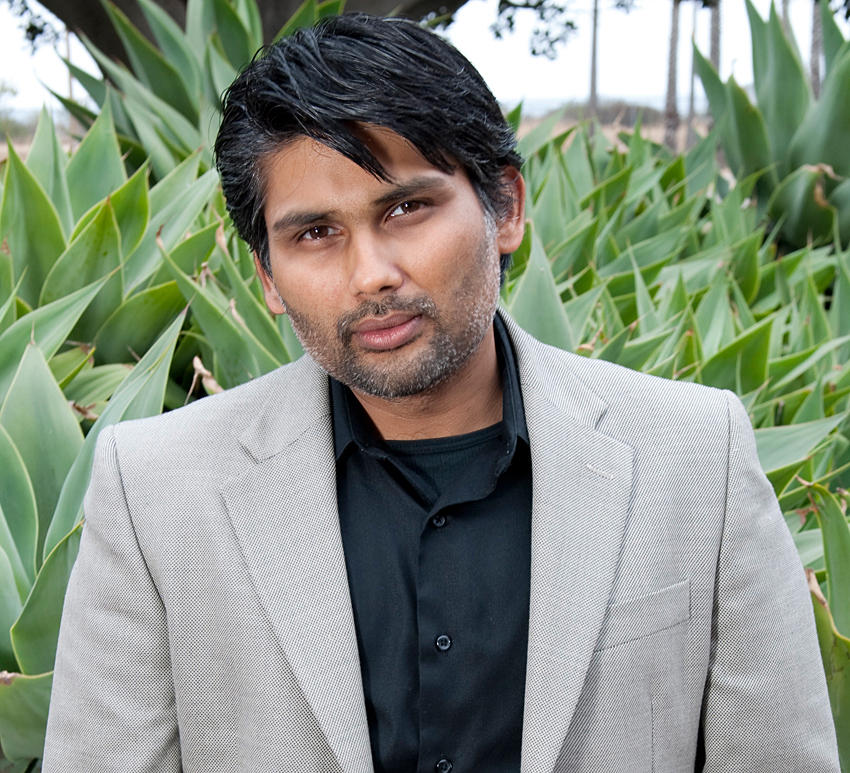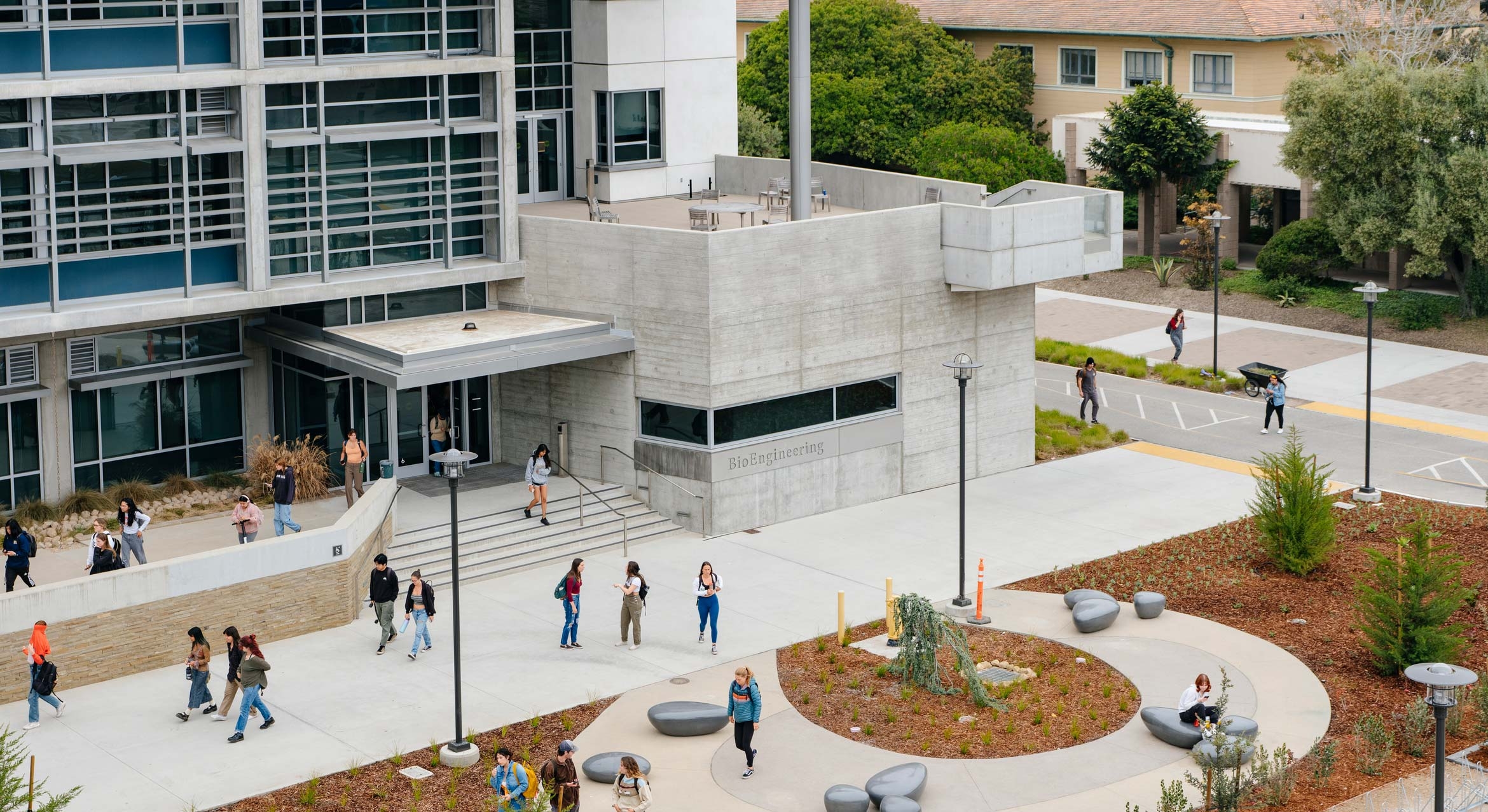

Luke Theogarajan was preparing another grant proposal when he got word –– via a text message from his wife –– that he had been chosen to receive the prestigious 2010 New Innovator Award from the National Institutes of Health (NIH).
"I am very honored and humbled to be chosen for this," said Theogarajan, an assistant professor in the Department of Electrical and Computer Engineering at UC Santa Barbara. "This is a great opportunity. It helps me explore something to the fullest capacity without being held back."
Theogarajan will be in Bethesda, Md., today to receive the award –– one of only 52 such awards presented, out of 2,200 applicants. He is also one of only a few engineers
designated as direct recipients of the $1.5 million research award.
"NIH is pleased to be supporting the early-stage investigators from across the country who are taking considered risks in a wide range of areas in order to accelerate research," said Dr. Francis S. Collins, director of the NIH. "We look forward to the results of their work."
UCSB Chancellor Henry T. Yang said: "Our campus is proud of the innovative research of Professor Theogarajan on optimal neural prosthetic devices to restore neural functions, which has vast potential for practical medical applications. I share the great joy of our campus that his extraordinary contributions are being recognized with the prestigious NIH New Innovator Award."
Theogarajan has been at UCSB for two years, coming here from MIT, where he received his Ph.D. At MIT, he worked on a retinal prosthesis project –– an electronic implant to restore vision to the blind. He has continued and expanded that research since his arrival at UCSB, where he works in three areas –– electrical engineering, microfabrication and materials, and pure chemistry. "I like the fact that it's truly interdisciplinary here," he said. "There is no other place where I could find such openness to research."
During his doctoral research, Theogarajan realized that the problems caused by an electronic interface with a natural neural system would be a significant roadblock to progress in his neural prosthesis research. The problem with electrical stimulation, Theogarajan said, is that when you try to inject electrons in a solution, it results in reduction and oxidation –– redox –– reactions. "So I wanted to see if there was a different way to think about the problem," he said. "I came up with the idea that the neurons could be stimulated by upsetting the ionic gradients that they maintain. There's more potassium inside the neuron than outside, and more sodium outside than inside. Moreover, the ions can be sequestered from the body itself, making the method renewable."
Theogarajan and a colleague focused on trying to determine the lowest concentration needed to cause a cell to fire.
It turns out that a very modest increase over the background is all that is needed. Hence, it is possible to develop a hybrid device using renewable ionic stimulation that can function safely and reliably, mitigating many of the drawbacks of current methods. "A large part of this proposal to the NIH is: How do you actually bring that vision of a bio-ionic interface to fruition?" he said. "How do you make a device that will renew itself, stimulate neural tissue and fundamentally change the way we think about doing neural stimulation?"
His research has the potential for applications that go far beyond retinal prostheses. "That's why I want to solve this problem once and for all," Theogarajan said. "I just want to prove the concept that yes, you can implant something in the body and make it function, and make it function well. The next step then is how do you take all this and use it to help people?"
Related Links



